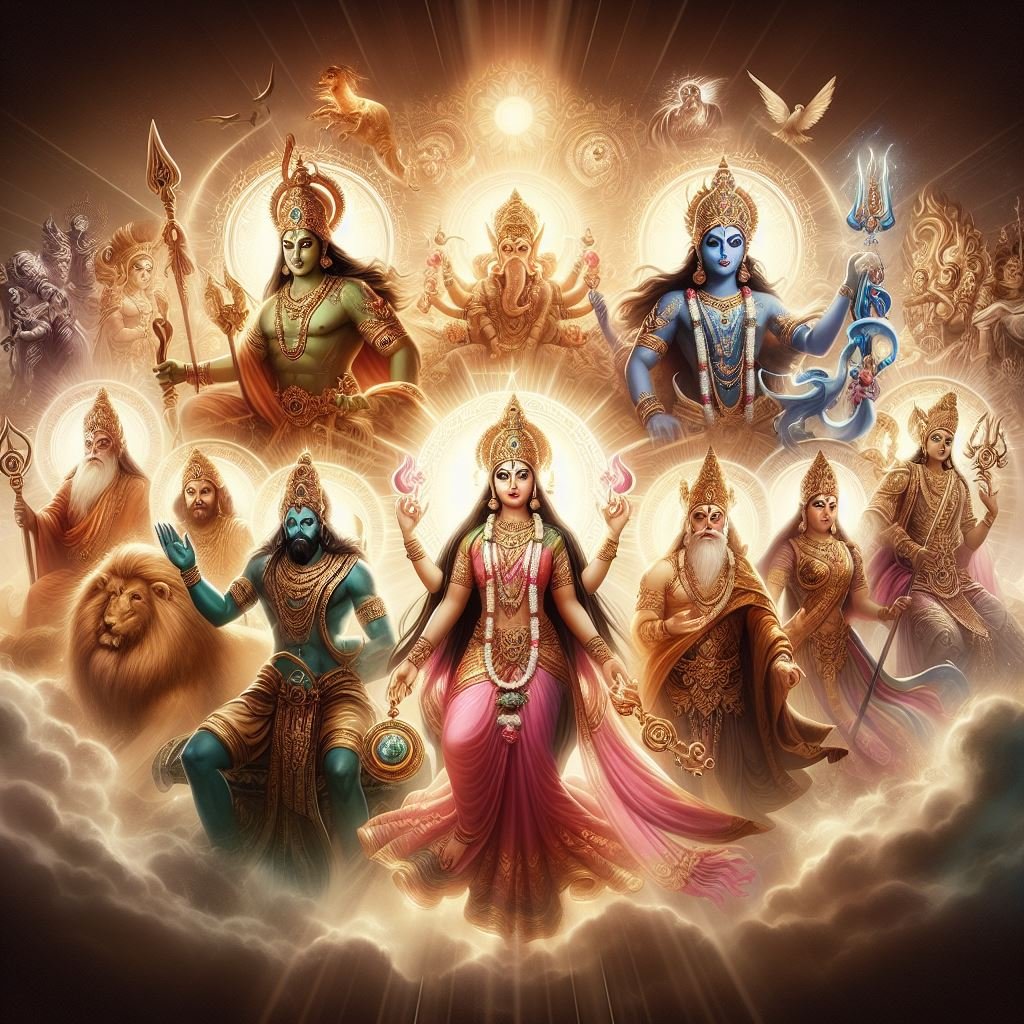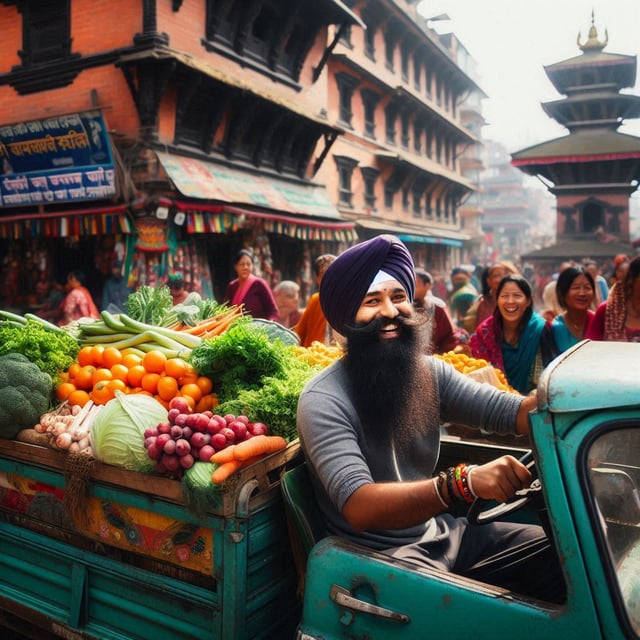Religious Denominations in Hinduism

Hinduism is not purely a monolithic religious movement, like the Abrahamic religion in the West, but is a collection of various religious movements that have existed at least since the Vedas, when the earliest religious doctrine in Hinduism, was composed.
The major religious groups developed in the Indian subcontinent could be categorized into two key groups- the Hindus, which accepted Veda supremacy, and the Sramana (which includes Buddhism and Jain), which actually doesn’t accept the Vedic doctrine.
Among the Sramana movement, Buddhism is widely connected with Nepal, however, the historical Jainism in Nepal is rarely discussed.
Producing a well-researched documentary on Hinduism or any of the sects of Hinduism can be challenging because of literalist beliefs that do not coincide with archeological, linguistic, or other scientific findings, as a result, such projects could be considered blasphemous by Hindus.
This post can only lay out a brief overview of complex relations between the various denominations.
The oldest literature of Hinduism is Rig Veda which is centered around Indra, king of the Gods. However, Indra later in Hinduism, loses its importance and slowly acts as an assisting figure for heroes who worship lesser important gods in Rig Veda, such as lord Vishnu and Rudra, commonly known as lord Shiva.
The four key denominations of Hinduism are ‘Vishnu worshipping- Vaishnavism’, ‘Shiva worshipping- Saivism’, ‘Goddess worshipping- Shaktism’, and ‘nonsectarian- Smatism’.
Vishnav is the single largest Hindu sect with nearly two-thirds of Hindus classified as Vaishnav while a quarter of Hindus adhere to Shaivism, and around 3.2% of Hindus adhere to Shaktism.
Vaishnavs can be further split into worshippers of Ram, the divine protagonist of Ramayan, and Krishna, the divine protagonist of Mahabharat.
The Shavism movement gets even more complicated as there are considered to be nine groups of Shaivism. The earliest form of Shaivism existed since the 1st century CE.
Pasupata means the lord of the beast. There are two extreme schools developed from the Pasupata sect- Kalamukha, which means black-faced, and Kapalika, which means bearer of the skull bowl.
Another teacher, Gorakhnath, the founder of Natha Panth, is credited with formulating his creed by merging Buddhist ideology with Shiva and Shakti. This may give a better glimpse into how a Buddhist shrine in Kathmandu Nepal, known as Bungadyo, was later rebranded as Macchendranath, the teacher of Gorakhnath.
Again among followers of Gorkhanath, there is a denomination called Kanphata Yogi. They are known a wearing large earrings, believed to hold supernatural powers. The group continues to divide into more and more sects as per the religious leaders due to its complex and liberal religious values.
The final question arises about the powerful religious institution that guides Hinduism.
As this post elaborates, Hinduism is not even an organized religion as seen in the Abrahamic religion and therefore it lacks a centralized figure. However, the difference between Hinduism and the Sramana movement, is that Hinduism believes in the supremacy of the Vedas, there remains an institution that works on the preservation of the four Vedas by four Shankaracharya.
Four Shankaracharya lead the four monasteries in four corners of India. Jyotir Math the custodian of Atharva Veda is located in Joshimath, Uttarakhand; Gorvardhan Math the custodian of Rig Veda is located in Puri, Odisha; Sringeri Sharada Peetham the custodian of Yajur Veda is located in Sringeri, Karnataka and Dwarka Sharada Peetham the custodian of Sam Veda is located in Dwarka, Gujarat.
Adi Shankaracharya, the first Shankaracharya was a political sage who tried to bind the Indian subcontinent in Vedic lines.
In 1988, the World Hindu Conference was conducted in Kathmandu, then all four Shankaracharya attended, in which the King of Nepal, Birendra was declared Vishva Hindu Samrat (World Hindu Emperor).
After the royal massacre that killed Birendra and his immediate family, Gyanendra came into power. He sought Shankaracharya of Kanchi Peeth’s blessing to maintain his legitimacy. In 2004, Gyanendra was also declared a World Hindu Emperor and after he conducted a coup in 2005, the Hindu fundamentalists in India gave their support to Gyanendra.
Nepal is perceived as a country with religious complexities and remains a hotbed of political and religious activism. This is a great platform for potential documentaries on the subject.
Author
Kripendra Amatya, Researcher, Nepa~laya Productions
Editor
Dana Moyal Kolevzon, Director of International Relations, Nepa~laya Productions
Published Date
January 1, 1970



